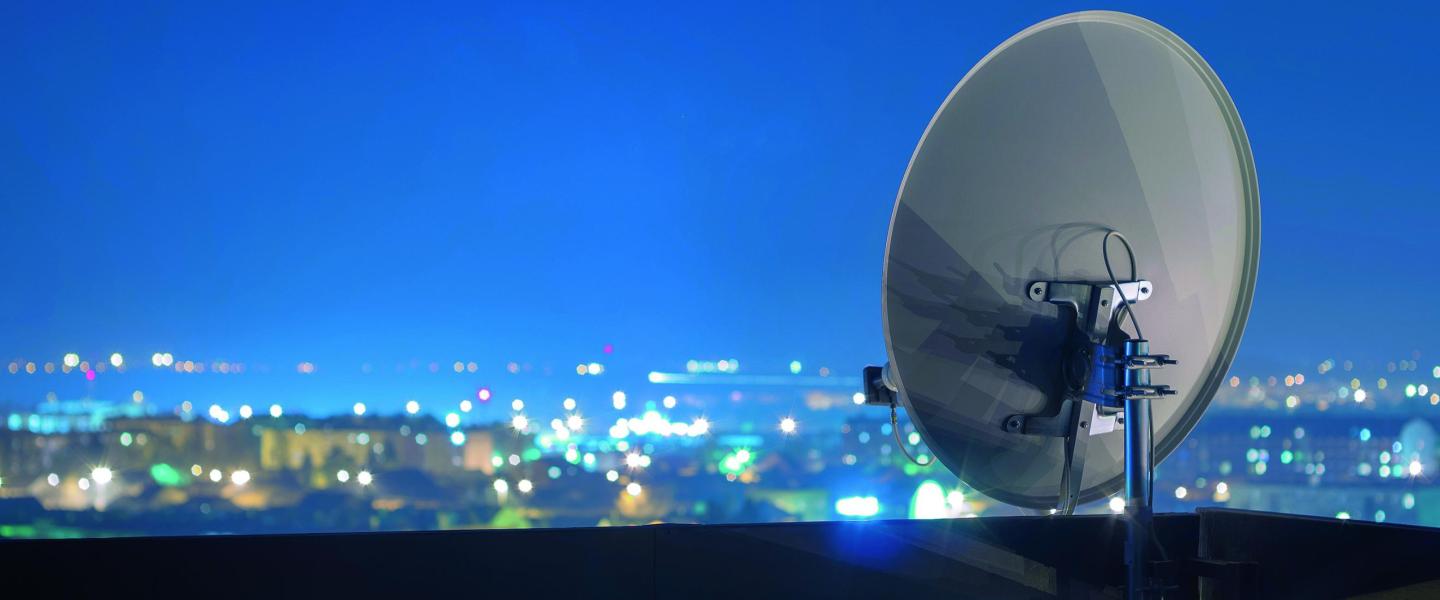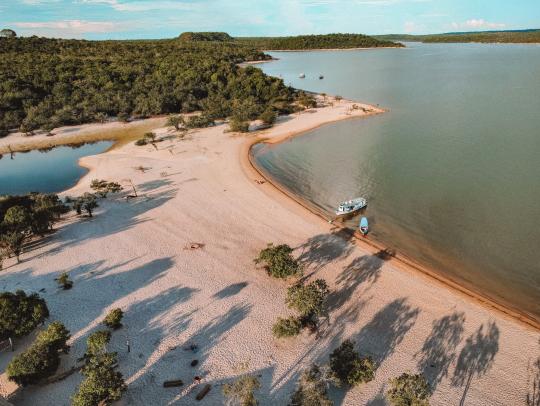Quantity vs. quality: which has more broadcasting value?

Keeping television viewers interested and entertained is becoming increasingly difficult. Not only are viewers often second screening, they’re also overwhelmed by choice. As African content creators and broadcasters battle this landscape, the quantity versus quality debate is thrown into sharp relief.
On average, people spend between three to five hours a day watching TV globally – a figure that is true for Africa, too. Paid TV subscribers across the continent have access to three to four free channels and approximately 50 subscription channels, equating to around 1,300 hours of linear TV every day. This does not include additional on-demand services such as Showmax or Netflix, or catch-up TV, all of which increase this figure even more.
With 1,300 hours of content and four hours of average daily viewing time, any individual viewer is watching less than half a per cent of the TV content broadcasters are making available. In light of this, are viewers battling a paradox of choice?
The paradox of choice
In his book, The Paradox of Choice, American psychologist Barry Schwartz argues that choice is equal to freedom, but that too much choice can result in paralysis rather than liberation. According to this theory, the abundant choice available to TV viewers is more likely to frustrate them as they weigh up the opportunity cost of what might be available on other channels.
The many options available also increase viewers’ expectations, which in many instances are not met. Research conducted in the US suggests that viewers spend 15% of their total viewing time searching for something to watch on scheduled TV and 20% of their time on on-demand services. Too many options can lead to viewers’ fatigue.
A content bubble?
Another aspect of the vast quantity of content available is the cost required to produce it, and whether this cost is worthwhile. Research into Netflix, which borrows US$20 billion and spends US$6 billion a year, shows that 80% of viewers’ time is spent watching "back catalogue" or reruns of previous shows. Original content makes up only 20% of viewers’ watching time.
This begs the question, is the content business inadvertently fuelling a speculative financial bubble, where investment returns are moving to the point where they will exceed market fundamentals? Is it sustainable for networks – around the world and across Africa – to continue to spend more and more on content when both the volume and the price of the content exceed what the market can absorb?
Quantity versus quality
As the quantity and the cost of content rises exponentially, the quantity versus quality debate becomes increasingly relevant. But what constitutes quality, and what role should it play in African networks’ operating models?
With diverse viewing groups, each with their own cultural, social and economic influences and personal preferences, the question of quality will always be subjective. The most accepted definitions of quality TV measure a programme against its writing, acting, production and the mental stimulation it affords viewers. In the end the key question is, does it have popular and lasting appeal? African content creators need to produce TV that understands popular culture and attracts a significant portion of the viewing public.
At the same time, networks in Africa need to ensure that they have sufficient breadth of content to keep viewers engaged and returning to their channels. This is the quantity aspect of the debate, and there can be little question that networks need to offer sufficient choice to cater for the varying tastes and preferences of their viewers. But this, of course, must include a proportion of quality content.
While choice is important, it is essential that channels have the right balance between quantity and quality. Too many options and broadcasters in Africa will throw their viewers into a paradox of choice; too few, and they will find their viewers looking for more options elsewhere. The same goes for quality. Not enough quality content, and networks on the continent will quickly loose viewers to their competitors; too much quality content, and they are likely to price their offering out of the market, as quality is costly.
As viewers decided how to spend their time in front of their screens, quantity and quality both add value to a network’s offering. It is the balance of the two that is the critical success factor.
To find out more information or to book a meeting with one of our SES Africa representatives, contact us today.




